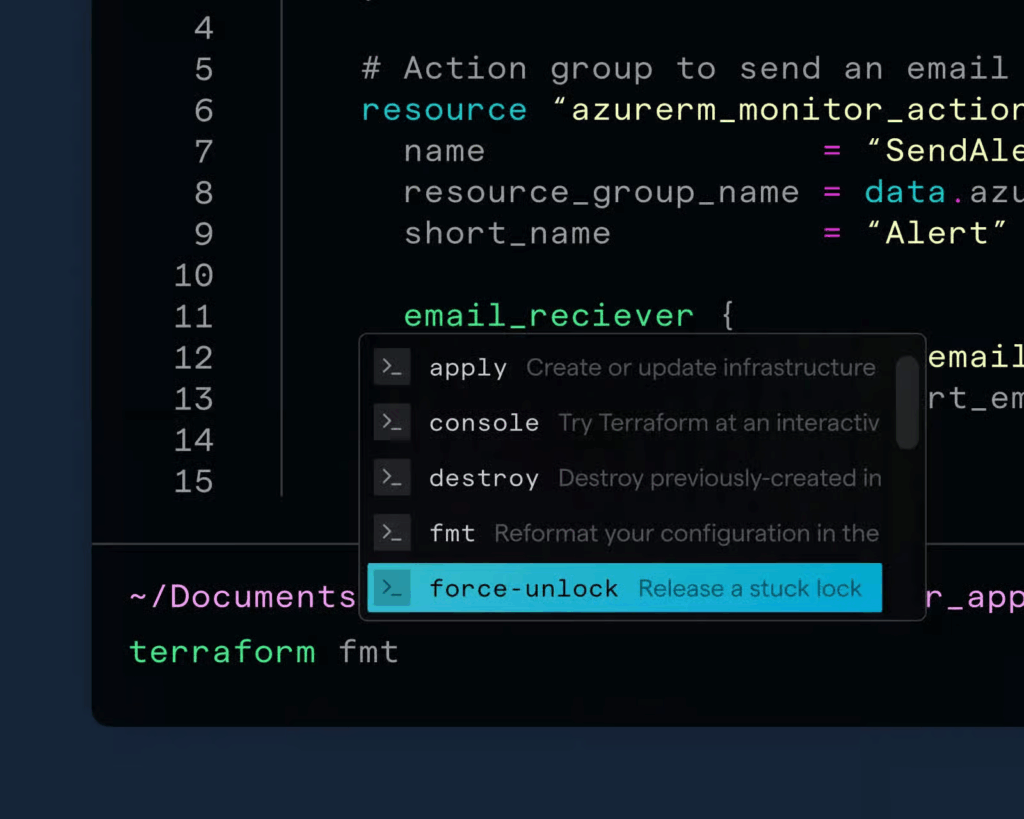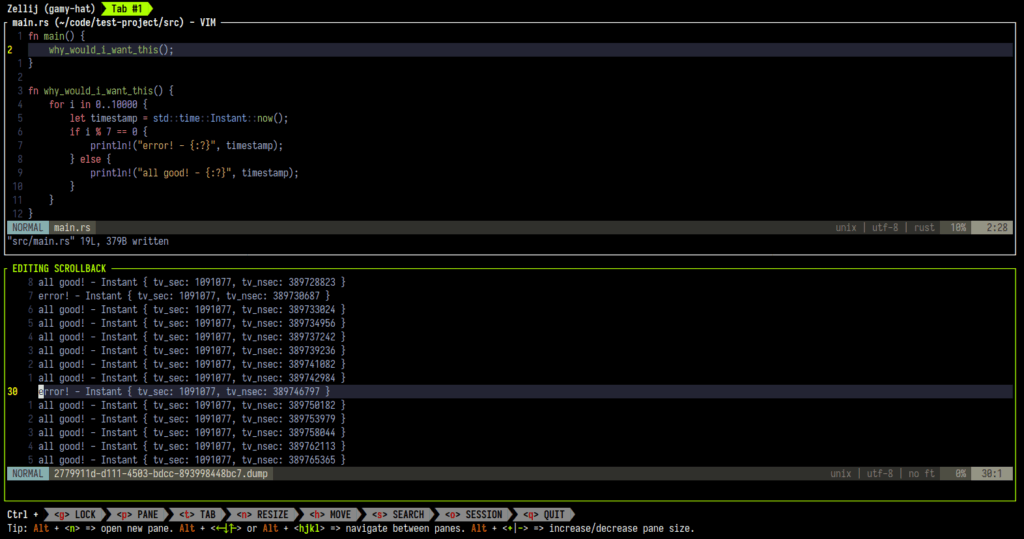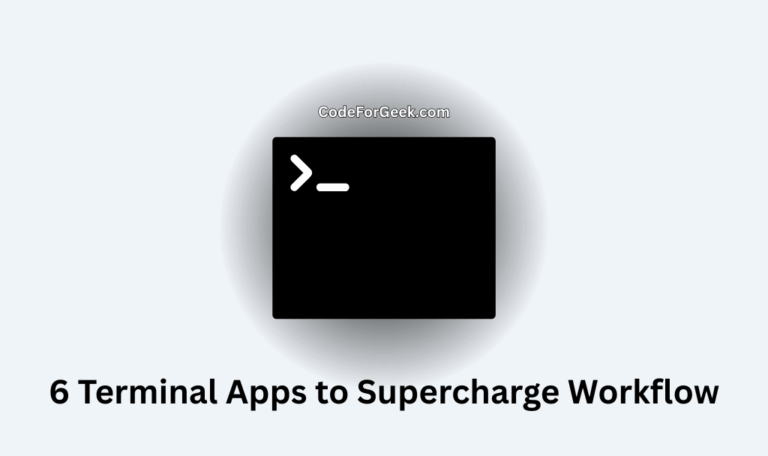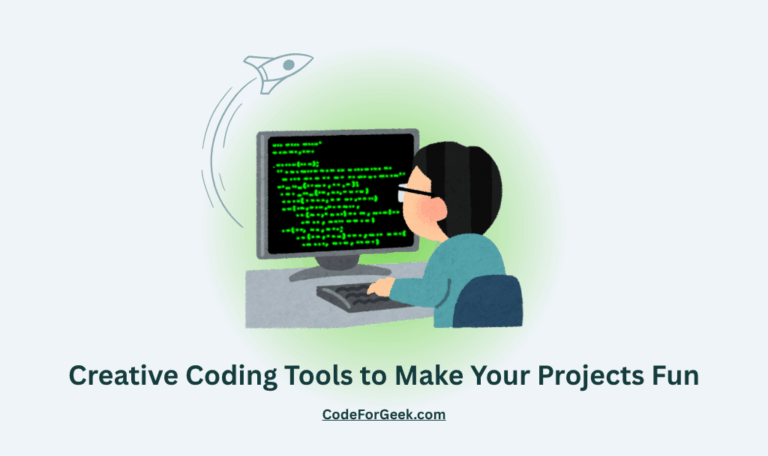A good terminal is very important for any developer. It is where we do a lot of our work, and so finding the right one can change everything.
Many people just use the default terminal on their computer, but there are powerful terminal apps that can supercharge your workflow. Here are the top ones I use and recommend. They help me work faster and stay more organised.
At a Glance: Which Terminal is Right for You?
Here’s a quick comparison of the tools I use.
| Tool Name | Best For | Why I Like It |
| Windows Terminal | Windows users | Great tabs and full customization. |
| iTerm2 | macOS users | Powerful features like split panes. |
| Warp | Modern developers | Built-in AI and team features. |
| Tabby | Cross-platform users | Works everywhere and has an SSH client. |
| Hyper | Developers who love design | Looks beautiful and is easy to theme. |
| Zellij | Power users | Easy way to manage many sessions. |
My Top Terminal App Recommendations
Here is a closer look at the terminal apps I use every day. I include big, popular tools and some new ones that are very exciting.
1. Windows Terminal

Microsoft has done an amazing job with Windows Terminal. If you use Windows, this is a must-have application. It is not the old Command Prompt. It is a modern, fast, and powerful tool.
The best feature is the tab support. You can open PowerShell, Command Prompt, and even Linux shells (with WSL) all in one window. This is so much better than having many different windows open. It also supports panes, so you can split your window and see two or more shells at once.
I also love the customization. You can change everything. You can set custom color schemes, fonts, and background images. It makes your workspace feel personal. It is open-source and shows that Microsoft really cares about making developers happy on Windows.
2. iTerm2

For anyone on macOS, iTerm2 is the standard. The default Mac terminal is okay, but iTerm2 is in a different class. It is packed with features that save you time.
My favorite feature is split panes. I can divide my tab into a vertical pane and a horizontal pane. This is perfect when I need to write code in one pane and run commands in another. I do not have to switch tabs.
It also has amazing search. You can type a word and iTerm2 finds it in your terminal, even if you scrolled past it. Other features like Autocomplete, Paste History, and customizable profiles make it an easy choice. It is reliable and has been the top choice for Mac developers for many years.
3. Warp

Warp is a new terminal app, and it is completely different. It is built from the ground up for modern developers. The moment you open it, you can feel the difference. It is fast, clean, and very smart.
The biggest feature is the built-in AI. You can ask the AI to explain an error, write a script, or find a command you forgot. It is like having a helpful assistant right in your terminal. This saves me so much time.
Warp also treats commands and output as blocks. You can copy an entire block, share it with your team, or bookmark it for later. It is not just a wall of text anymore. This is a very smart way to organize your work. Warp is built in the Rust language, so it is incredibly fast. This tool is clearly the future of terminals.
4. Tabby

Tabby is a fantastic choice if you work on different computers. It runs on Windows, macOS, and Linux. This is very helpful for me. I can have the same experience everywhere.
Tabby is very customizable. It is built with web technology, so you can change themes and add plugins. But its real power is in connectivity. It has a built-in SSH and Telnet client. I can manage all my remote servers from one place without needing a separate app.
It also supports serial connections, which is great if you work with hardware. Tabby remembers your tabs and panes, so you can start right where you left off. It is open-source and has a strong community.
5. Hyper

Hyper is all about style and simplicity. Like Tabby, it is built with web technologies (HTML, CSS, and JavaScript). This means it is the most beautiful terminal you can get. If you care about how your workspace looks, you will love Hyper.
The main benefit is the huge library of themes and plugins. You can make Hyper look exactly how you want. There are plugins for everything: showing your Git status, adding cool animations, or integrating with other apps.
It is very simple and clean out of the box. It gives you a great-looking terminal without complex settings. It is perfect for web developers and designers who want a tool that matches their creative style.
6. Zellij

Zellij is a special tool. It is a “terminal multiplexer”. This sounds complex, but the idea is simple. It lets you run and manage multiple terminal sessions inside a single window.
You might know older tools like tmux or screen. Zellij does the same job, but it is much more user-friendly. When you start Zellij, it shows you helpful key commands at the bottom of the screen. You do not need to memorize anything.
I use it when I connect to a remote server. I can start a process, disconnect from the server, and the process keeps running. When I connect again, Zellij has my session waiting for me. It also has great support for tabs and panes. It is a powerful tool that is surprisingly easy to learn.
Frequently Asked Questions (FAQs)
What is a terminal app?
A terminal app (or terminal emulator) is a program that lets you type commands to control your computer. Developers use it to run scripts, manage files, connect to servers, and use tools like Git.
Why should I use a different terminal app?
The default terminal on your computer is often very basic. New terminal apps add powerful features like tabs, split panes, AI assistance, better search, and custom themes. These features help you work faster and be more organized.
Are these terminal apps free?
Yes, all the terminal apps I listed in this article are free. Most of them are also open-source, which means a large community helps to build and improve them.
Can a terminal app really make me faster?
Yes. Features like AI command generation in Warp save you from searching online. Split panes in iTerm2 let you see multiple things at once. Session management in Zellij saves your work. These small things add up and save you a lot of time every day.
Conclusion: Great Tools from Great Teams
Choosing a terminal is a personal choice. But these tools show how much good work is happening in the developer community.
Companies and teams behind Windows Terminal, iTerm2, Warp, Tabby, Hyper, and Zellij are really listening to developers. They are building apps that solve real problems and make our work more enjoyable. It is amazing to see this innovation. Using these tools makes my daily work better. A big thank you to all the teams who build and maintain these fantastic applications.




